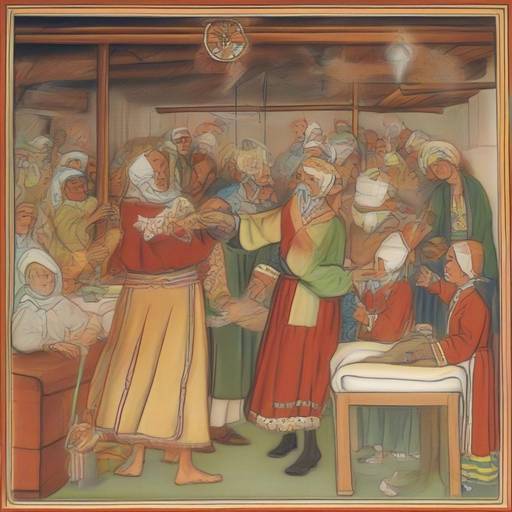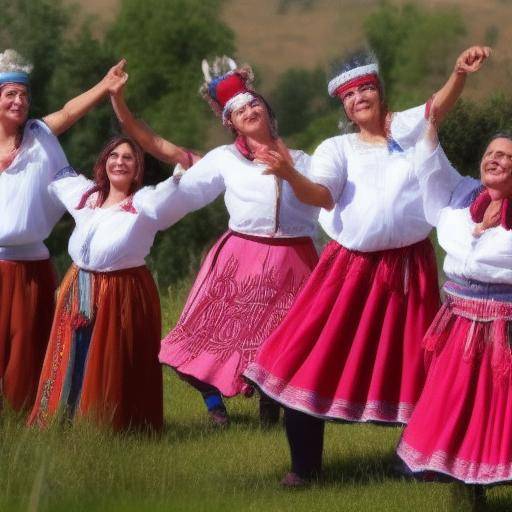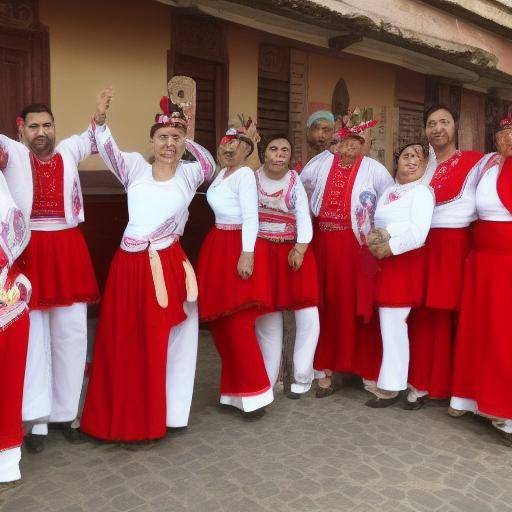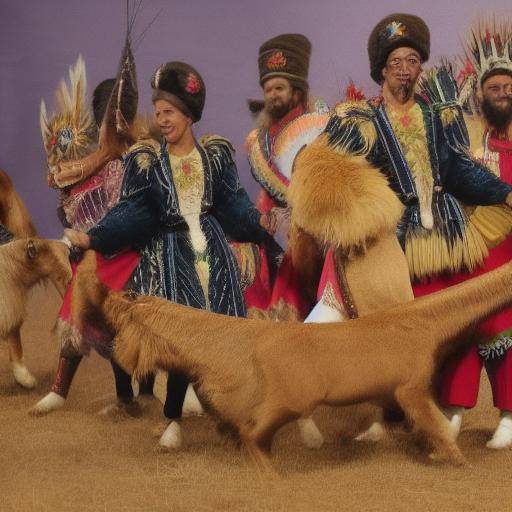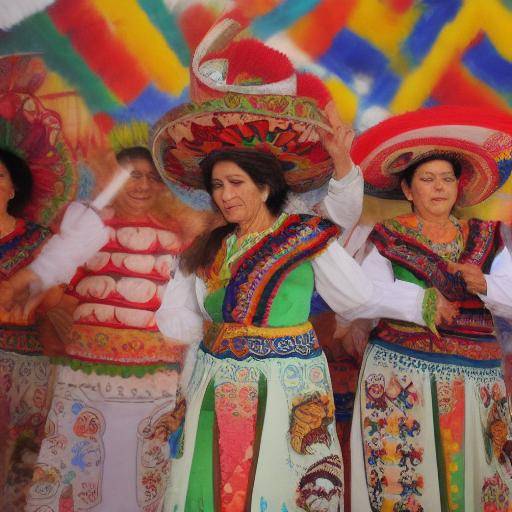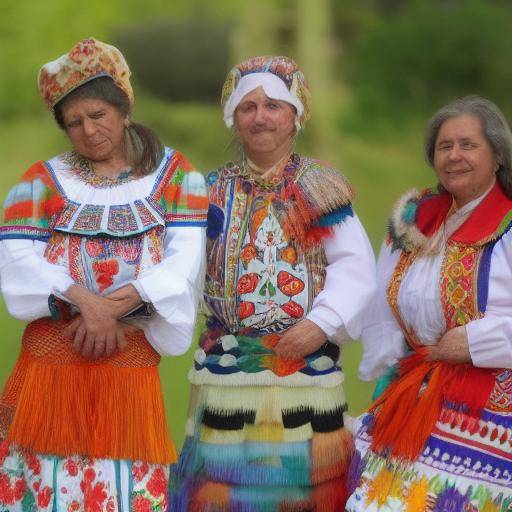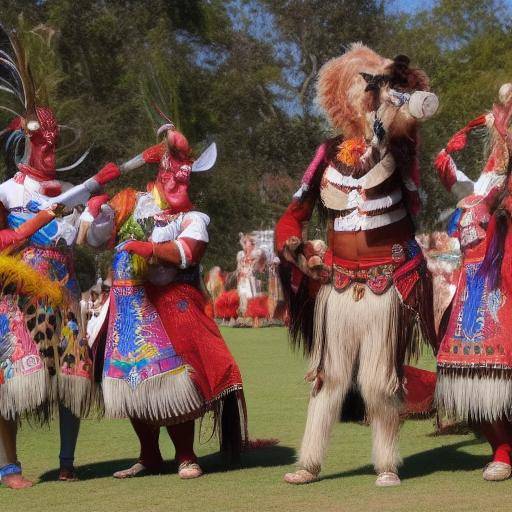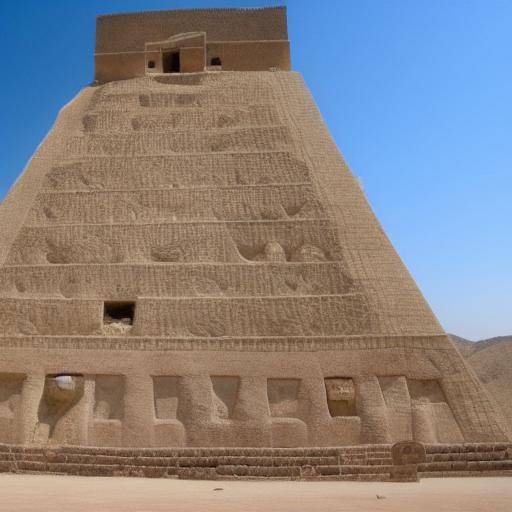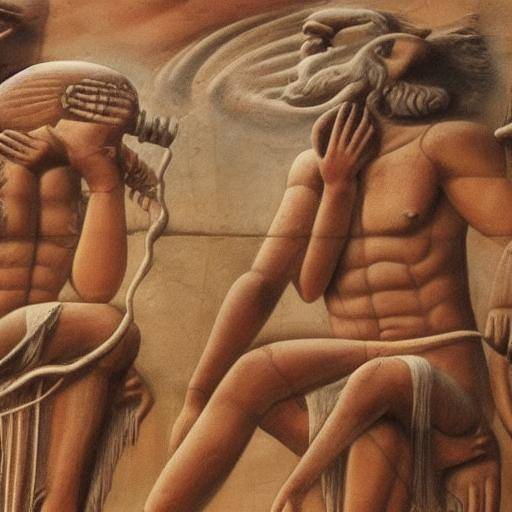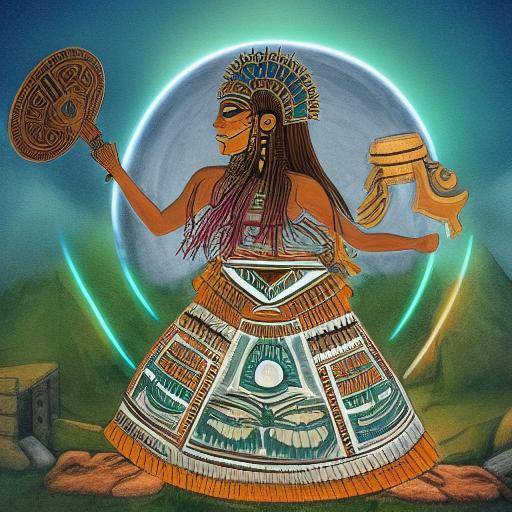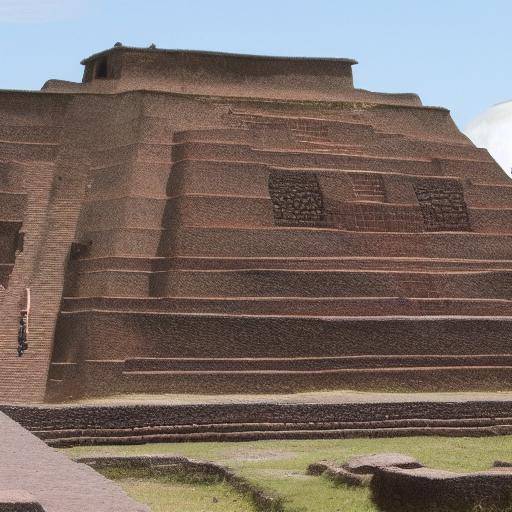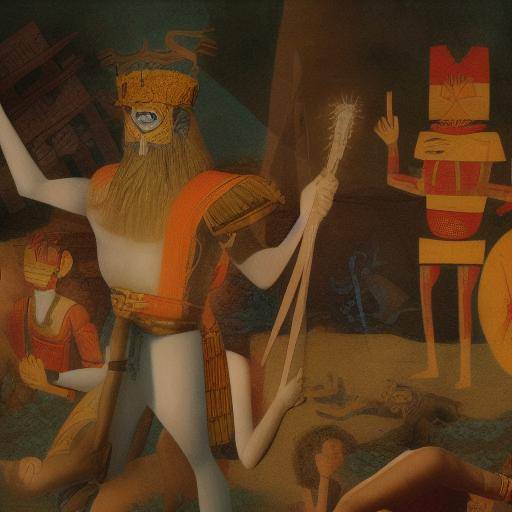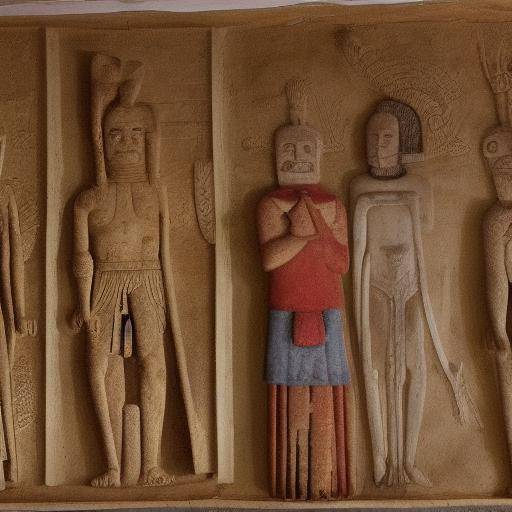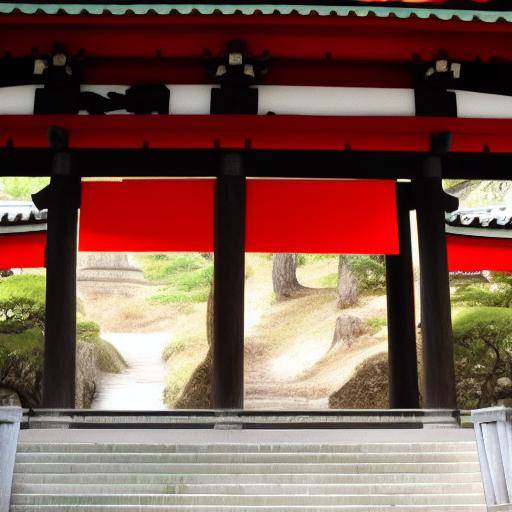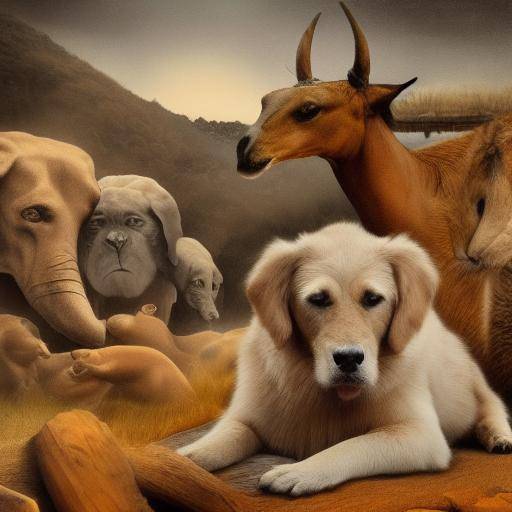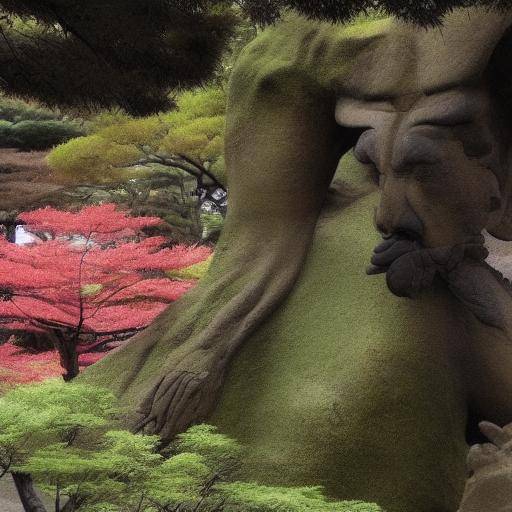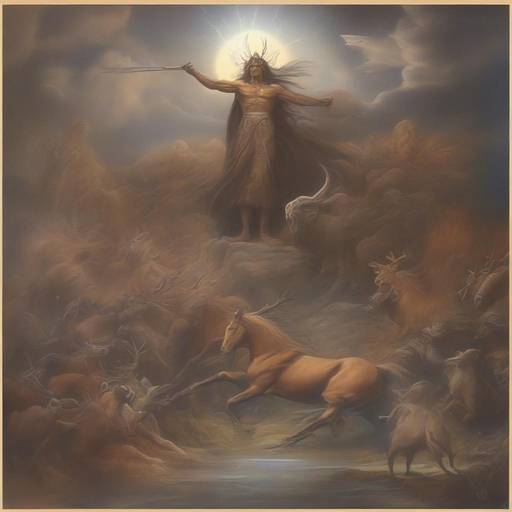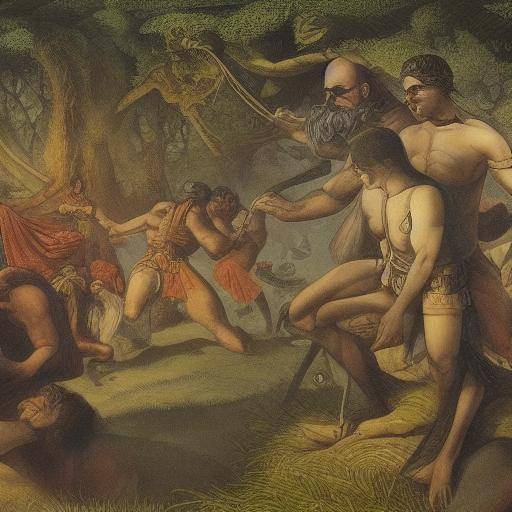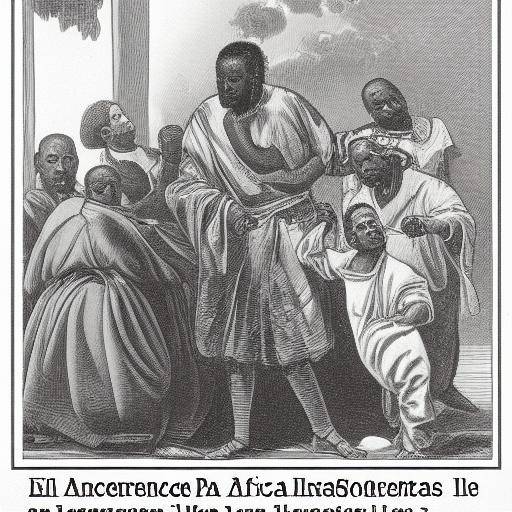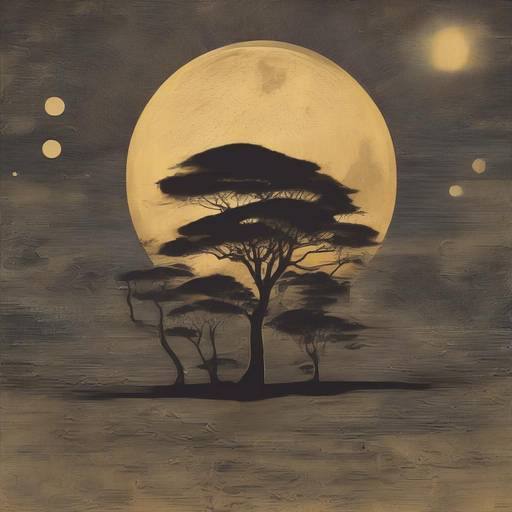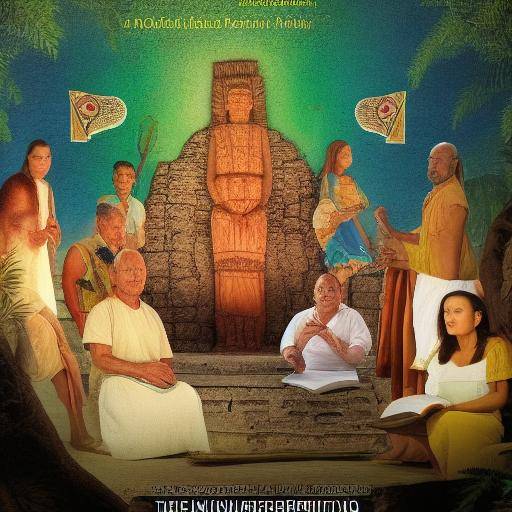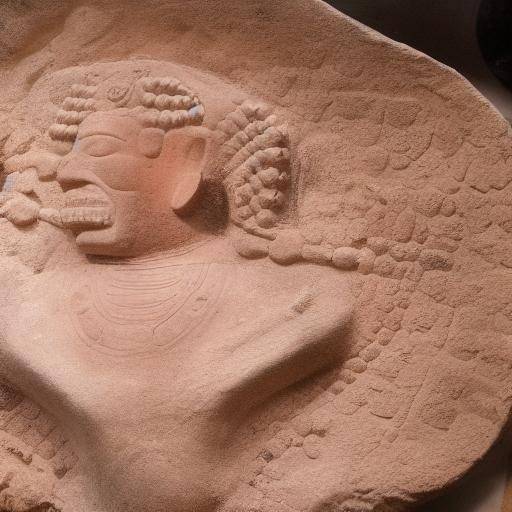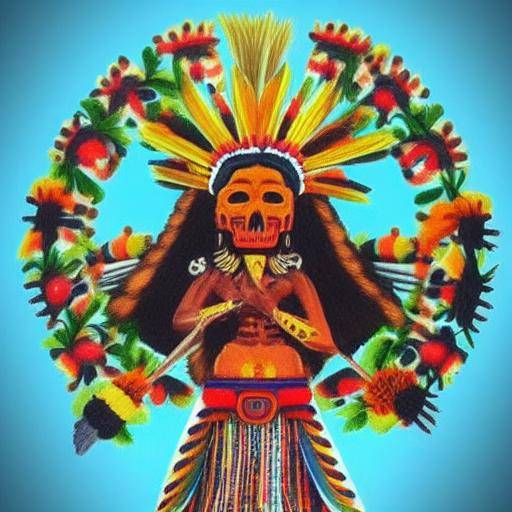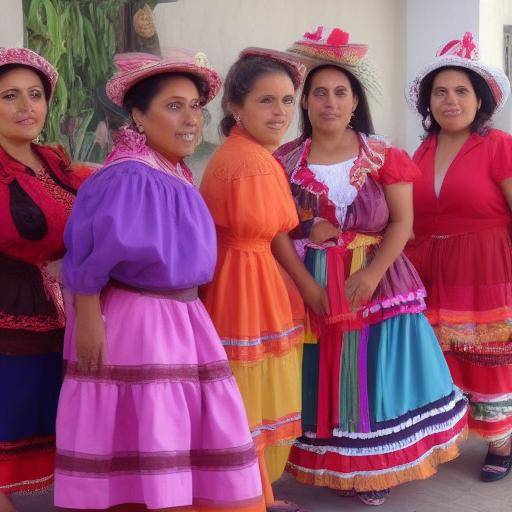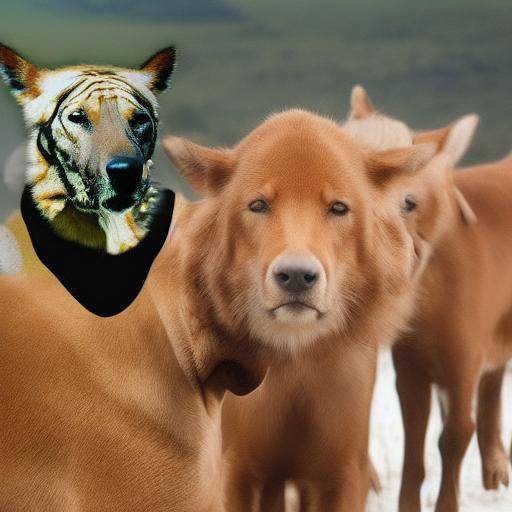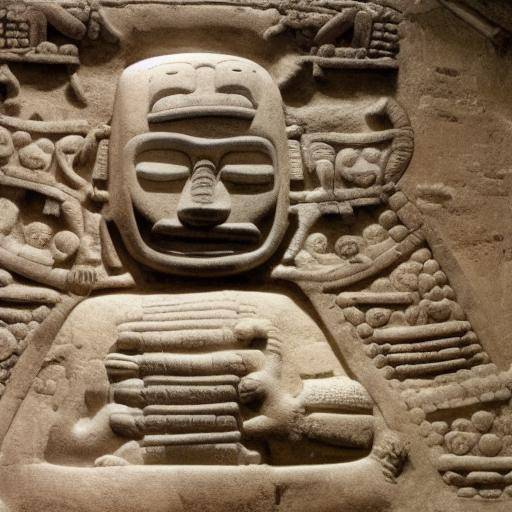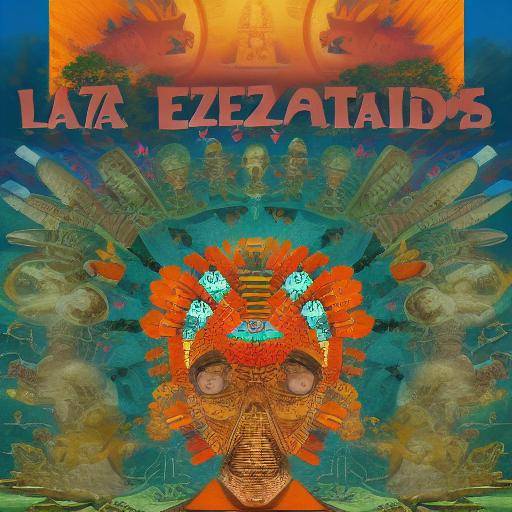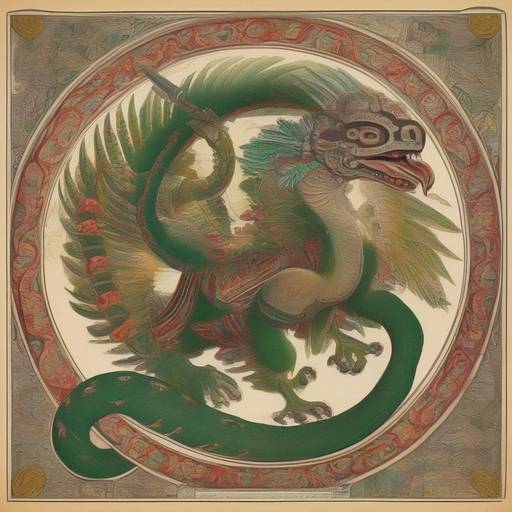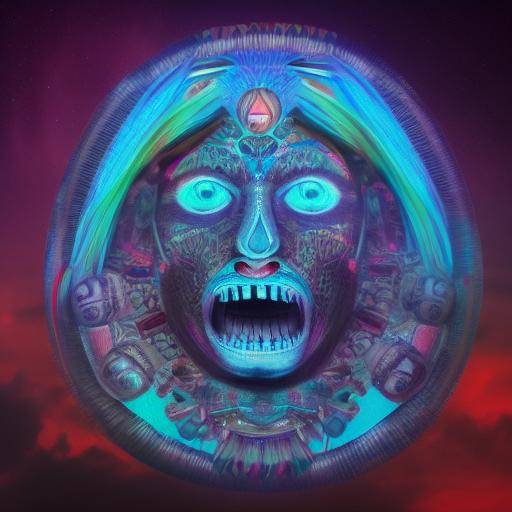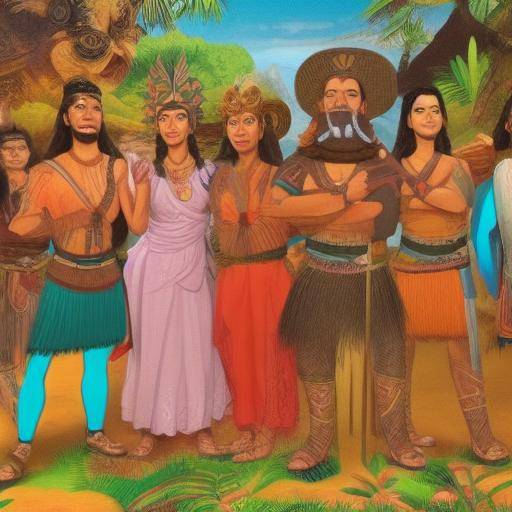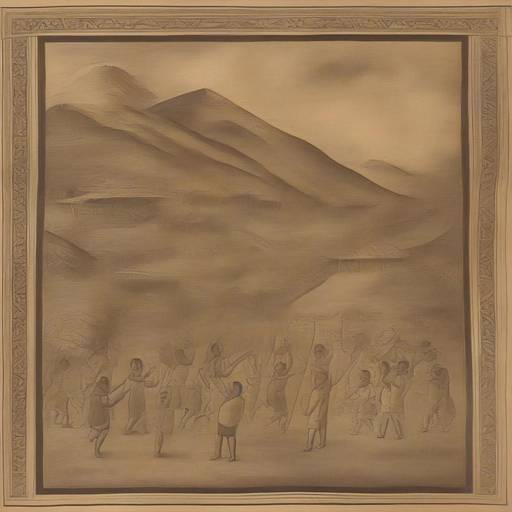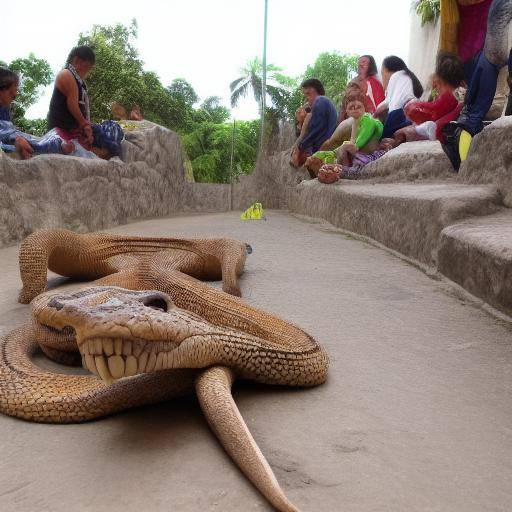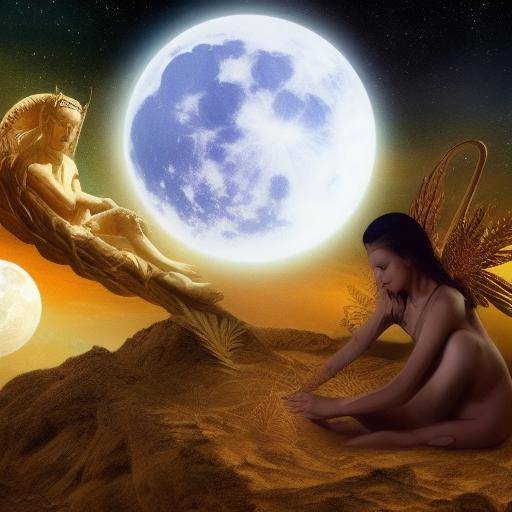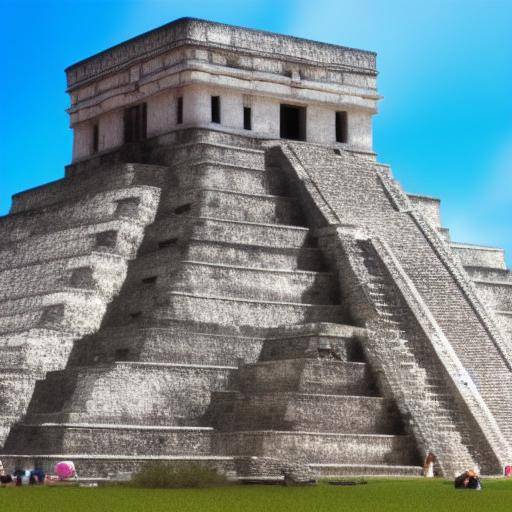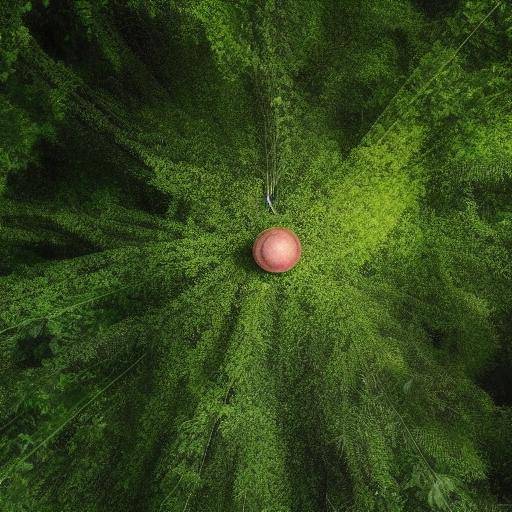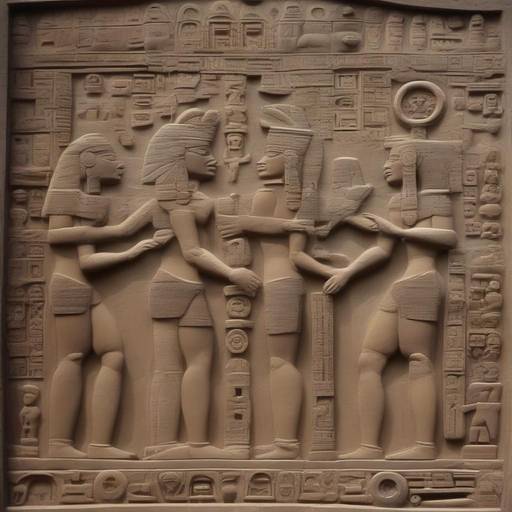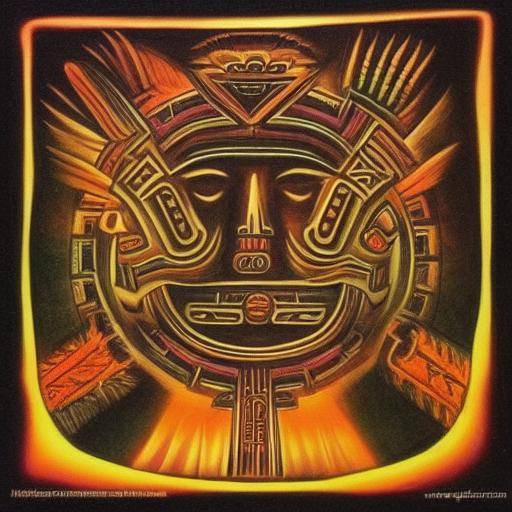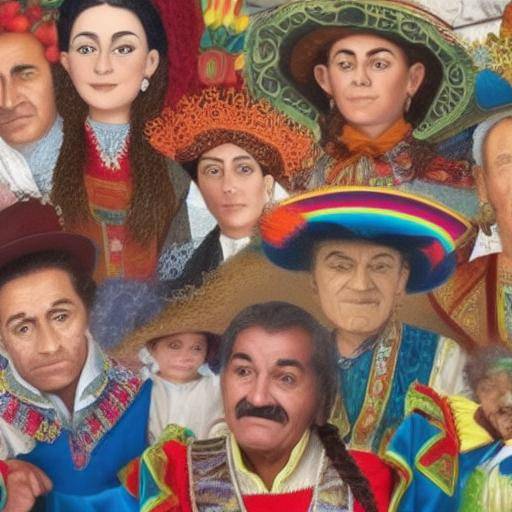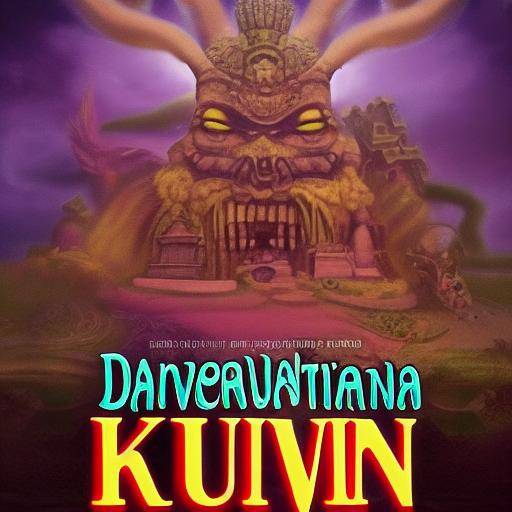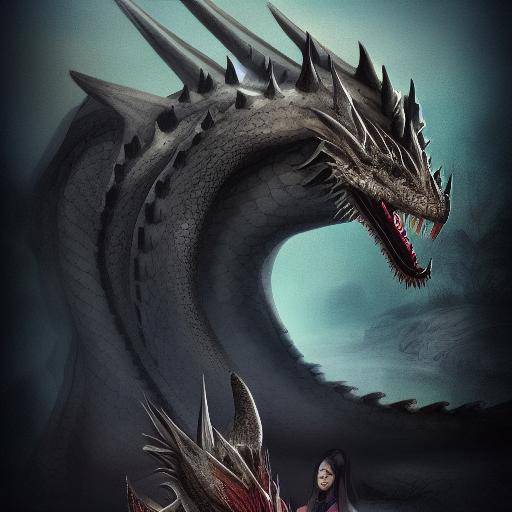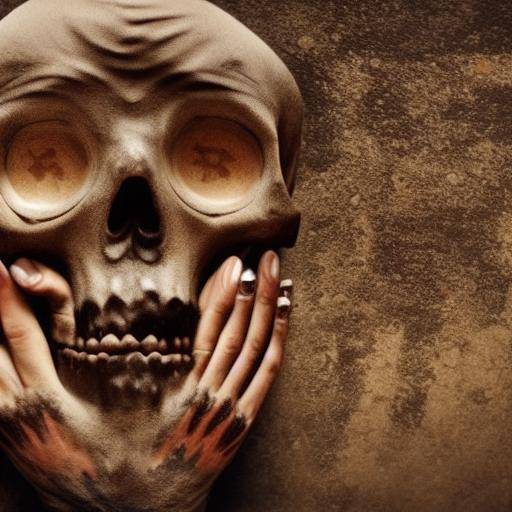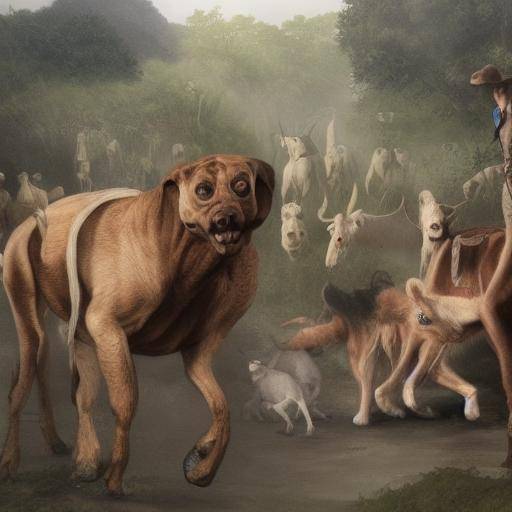
The pre-Columbian world of America was impregnated with a rich diversity of myths and beliefs, where sacred animals occupied a central place in the traditions and worldview of different civilizations. In this article, we will explore the cultural, religious and symbolic relevance of sacred animals in pre-Columbian myths, as well as their influence on the beliefs of ancient American societies.
Introduction
The concept of sacred animals in pre-Columbian cultures is fundamental to understanding the profound connection between nature, spirituality and religious practices of the ancient civilizations of the American continent. Throughout this journey, we will enter into the rich diversity of myths and beliefs that granted special status to certain animals, identifying them as carriers of transcendental and divine meanings. We will explore its presence in the mythology of civilizations such as Aztec, Maya, Inca and other pre-Columbian cultures, revealing the complexity and depth of these beliefs rooted in the ancestral history of America.
History and Background
The roots of veneration towards sacred animals in pre-Columbian cultures date back to millennial times. From the zoomorphic deities to animal-related myths of creation, the presence of animal beings with divine attributes was widespread in the different pre-Columbian societies. Mesoamerican civilizations, such as Aztecs and Mayas, attributed certain animals to a unique symbolic and spiritual power, often associated with specific deities and natural cycles.
Pre-Columbian myths reflected the close relationship between humans and nature, highlighting the importance of preserving balance and harmony with the natural world. The sacred animals were seen as messengers of the gods, guardians of certain vital energies and symbols of spiritual power. These concepts were rooted in everyday practices, religious rituals and the worldview of ancient civilizations, influencing aspects such as agriculture, medicine, astrology and other spheres of life.
Detailed Analysis
Reverence towards sacred animals represented a fundamental dimension in pre-Columbian beliefs, influencing various aspects of daily life and interaction with the natural world. These animals were regarded as mediators between the earthly world and the divine, and their presence permeated artistic manifestations, ritual ceremonies and mythological narratives.
Comprehensive review
The importance of sacred animals in the pre-Columbian worldview transcended merely religious, having an impact on social life, power structures and the cultural identity of ancient civilizations. His presence manifested itself in the architecture, clothing, food and other aspects of daily life, thus projecting an integral conception of the divine in the material world. This interrelation between the sacred and the profane shaped the identity of pre-Columbian societies, permeating their art, political organization and vision of the universe.
Comparative analysis
By comparing veneration to sacred animals in different pre-Columbian cultures, significant similarities and differences emerge that allow us to understand the diversity of approaches around this practice. While some civilizations gave greater prominence to certain animals in their myths and ceremonies, others included a wider variety of animal beings in their religious pantheon, thus reflecting a range of symbolic and spiritual meanings associated with the indigenous fauna of each region.
Practical Tips and Accessible Recommendations
To better understand the relevance of the sacred animals in pre-Columbian myths, it is essential to get into the history and cosmovision of each civilization, thus contextualizing the beliefs and practices associated with these divine beings.
Industry Perspectives and Expert Reviews
Current research in the field of archaeology, anthropology and ethnography has shed new light on the importance of sacred animals in pre-Columbian cultures. Experts in the field of social sciences and humanities have contributed significantly to the understanding of these complex belief systems, revealing the interconnection between myths, rituals and the cultural identity of ancient American civilizations.
Case Studies and Real Life Applications
The influence of sacred animals on pre-Columbian myths continues to have repercussions on contemporary society, serving as a source of inspiration, reflection and connection to the historical roots of America. Case studies that examine the pervival of these beliefs in indigenous communities and the reinterpretation of their myths in contemporary contexts allow us to appreciate the actuality of these ancestral traditions, as well as their potential to foster intercultural understanding and respect for diversity.
Future Trends and Predictions
The legacy of sacred animals in pre-Columbian myths remains the subject of research and exploration in academic and cultural fields. Future trends aim at greater appreciation and dissemination of these knowledge, thus promoting the preservation and dissemination of the cultural heritage of pre-Columbian civilizations. In addition, the inclusion of these elements in intercultural dialogue and the promotion of sustainable tourism offers opportunities to empower indigenous communities and strengthen the value of their ancestral traditions.
Conclusions
The legacy of sacred animals in pre-Columbian myths is an invaluable treasure that encapsulates the spiritual, cultural and symbolic richness of pre-Columbian civilizations. Through its study and dissemination, we can appreciate the depth of ancestral thought, as well as the continuity of these links in contemporary society. By assessing and preserving these traditions, we contribute to enriching our understanding of the pre-Columbian world and to nurture respect for the cultural and spiritual diversity of America.
Frequently asked questions
What was the purpose of venerating certain animals in pre-Columbian cultures?
The veneration of sacred animals in pre-Columbian cultures was intended to honor the connection between humanity and nature, recognizing in these animal beings a manifestation of the divine and a source of ancestral wisdom.
In what everyday aspects was the influence of sacred animals in pre-Columbian societies reflected?
The influence of sacred animals permeated many aspects of daily life, from agriculture to traditional medicine, as well as in clothing design and ritual ceremonies.
How do the traditions of venerating sacred animals persist in contemporary indigenous communities?
The traditions of venerating sacred animals continue to be present in many indigenous communities, manifesting themselves through rituals, mythological narratives and cultural practices transmitted from generation to generation.
What was the role of sacred animals in the myths of the creation of pre-Columbian cultures?
The sacred animals played fundamental roles in the myths of creation, where they were given the responsibility to preserve the cosmic balance and the harmony between the earthly and the divine world.
How has the veneration of sacred animals been reinterpreted in contemporary contexts?
The contemporary reinterpretation of the veneration of sacred animals is manifested through art, literature, music and other cultural expressions, as well as in environmental conservation projects and the strengthening of indigenous cultural identity.
What is the importance of studying sacred animals in pre-Columbian myths today?
The study of sacred animals in pre-Columbian myths is crucial to understanding the cosmovision, spirituality and cultural diversity of pre-Columbian civilizations, offering enriching prospects for intercultural dialogue and the enrichment of the cultural heritage of America.
Concluding, the veneration of sacred animals in pre-Columbian myths represents an essential aspect of the rich cultural heritage of America, providing invaluable teachings on the relationship between human beings and nature, as well as on the complexity of ancestral thinking. In exploring these myths, we enter the heart of ancient American civilizations, discovering the eternal value of these traditions rooted in the identity of indigenous peoples.

